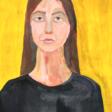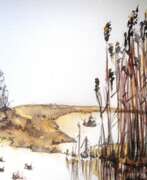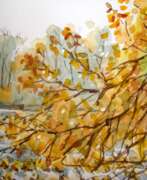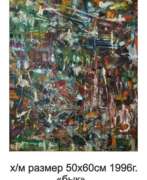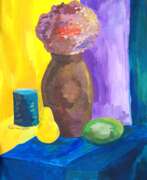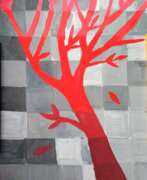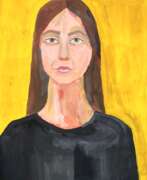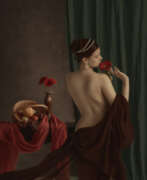Action Painting
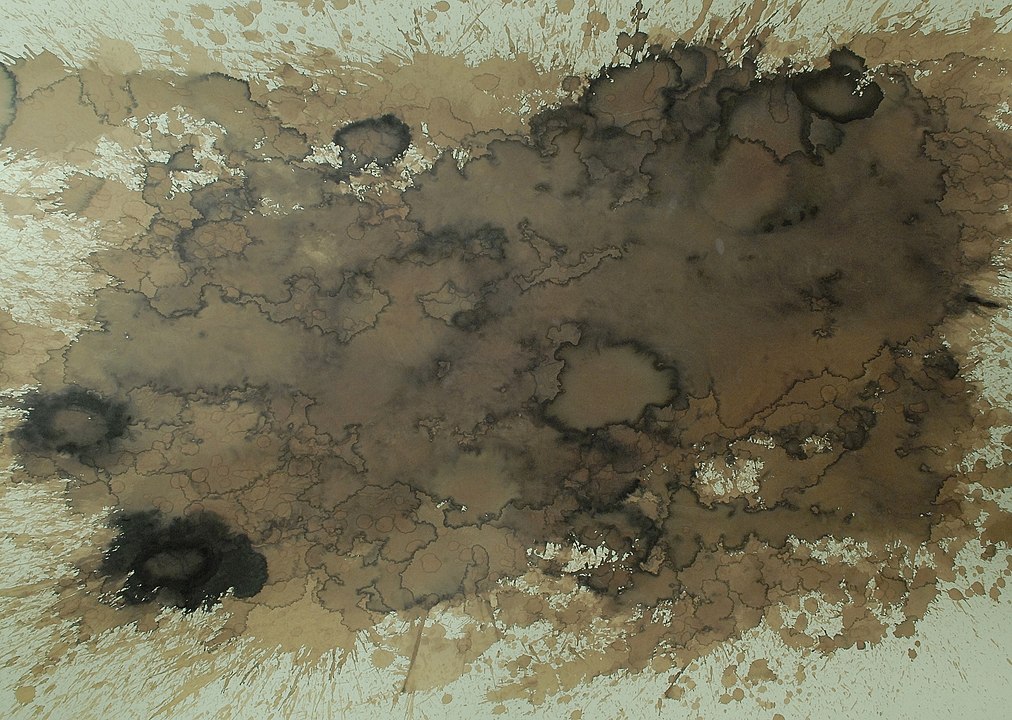
Action Painting
Action Painting, a term coined by art critic Harold Rosenberg in 1952, is a style of abstract painting where paint is spontaneously dripped, splashed, or smeared onto the canvas, rather than being carefully applied. This method became a cornerstone of the American Abstract Expressionism movement, championed by artists such as Jackson Pollock, Willem de Kooning, and Franz Kline from the 1940s through the 1960s. It's known for its dynamic and instinctual quality, where the act of painting itself is as important as the finished work, reflecting the artist's physical engagement during the creation process.
The characteristics of Action Painting include aggressive brushstrokes, an impromptu application of paint, and the frequent use of unconventional tools. The process is highly physical, often involving the artist's entire body movement, and the canvas serves as an "arena" for action. This technique was not only a form of artistic expression but also a reaction to post-war politics and a method of coping with the human condition in the face of modernity's challenges.
While Action Painting is most associated with Pollock, who would place his canvas on the floor to pour and drip paint from all sides, other artists like de Kooning integrated figure representation with expressive brushwork, blurring the lines between abstract and figurative art. The movement emphasized the painterly gesture, leaving raw, primal marks that signified a fresh, immediate connection to the artist's psyche.
For art collectors and enthusiasts, Action Painting represents a pivotal moment in the history of modern art, characterized by a direct and visceral approach to the creative process. If you're intrigued by the energy and depth of Action Painting and wish to explore or acquire pieces from this influential era, signing up for updates on new sales and auction events could be your gateway into this passionate world of abstract expressionism.
| Country: | America, USA |
|---|---|
| Start of the period: | 1950 |
